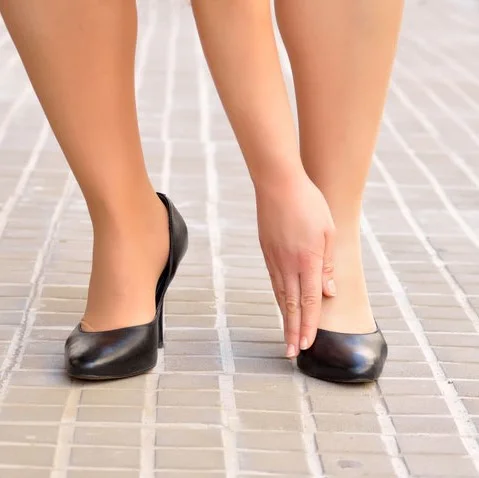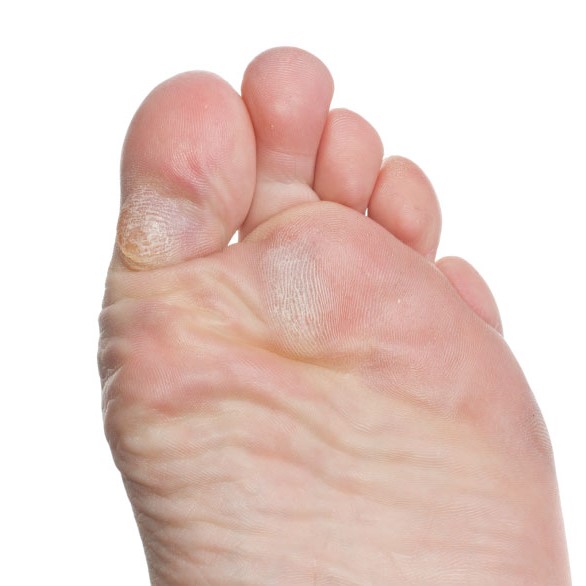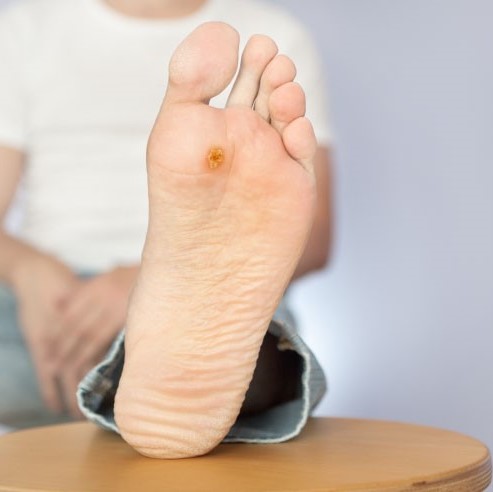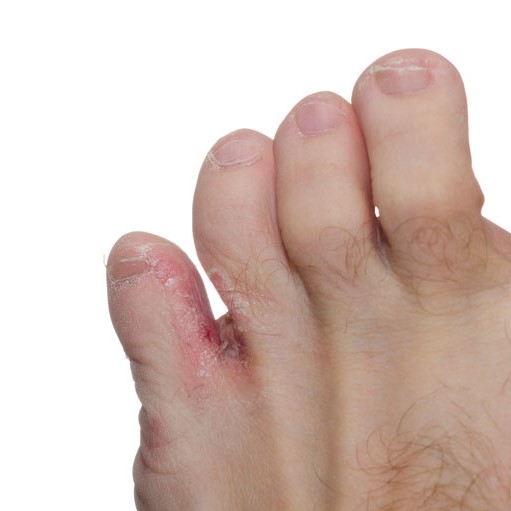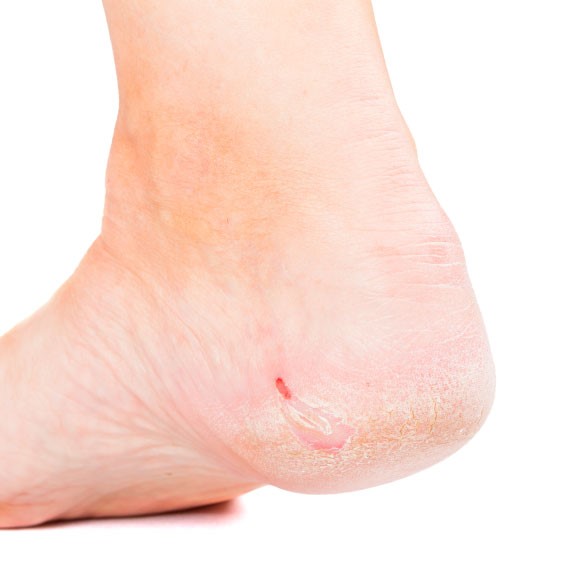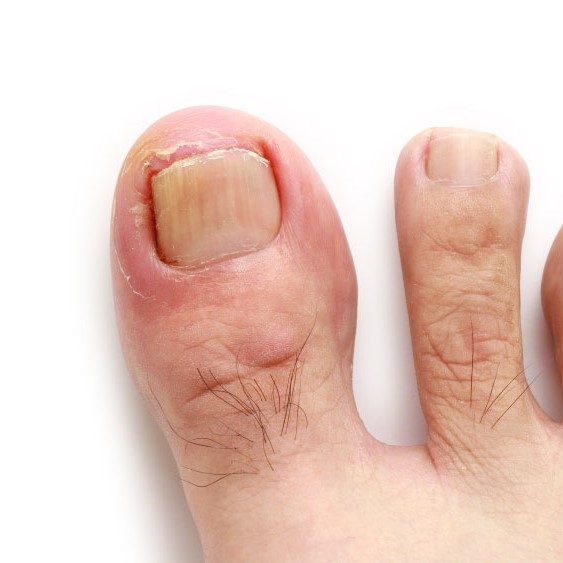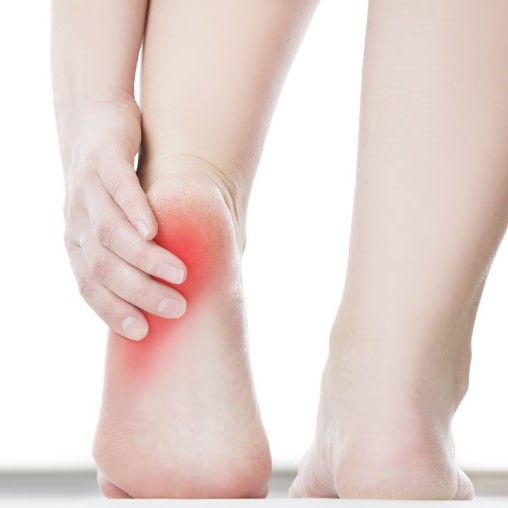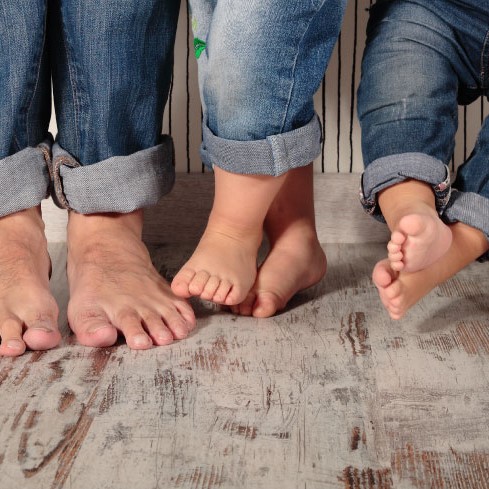Bunions
Did you know that most foot and leg problems can be prevented?
Bunions
What is a bunion?
A bunion is a big toe joint deformity, which sees the big toe move towards the second toe. It usually looks like a bony bump. Hallux valgus and hallux abducto valgus are the more accurate medical terms used to describe this deformity, but bony bump is fine. Not all bunions are painful and some people never experience pain. In the early stages, pain and swelling usually develop due to inappropriate shoes. Later on, pain usually develops due to a combination of inappropriate footwear and joint degeneration (wear and tear). People generally report that the pain is most severe during and after standing for a long period of time and/or exercising. Over time, a bunion may contribute to the development of lesser toe deformities (e.g. hammer toes), calluses and corns, forefoot pain or impaired balance.
What causes bunions?
Bunions are more common in women, which appears to be related to women being more likely to wear shoes with a narrow toe box. Those damned heels again! This condition also tends to run in the family and has long been linked to foot structure and function.
Treatment for bunions
Our podiatrists initially aim to reduce pain through a combination of activity modification, applying ice, taking medication (when necessary) and padding. Your podiatrist will assess your footwear and point you in the right direction if any issues are identified. Making sure your shoes fit well is crucial to the short and long-term management of bunions. We may also prescribe exercises and/or orthotics to improve big toe joint function.
Surgery may be required if the pain is severe or you are unable to find shoes that you can wear comfortably. If this is the case, your podiatrist will refer you to a foot and ankle surgeon that specialises in the type of surgery you require.



